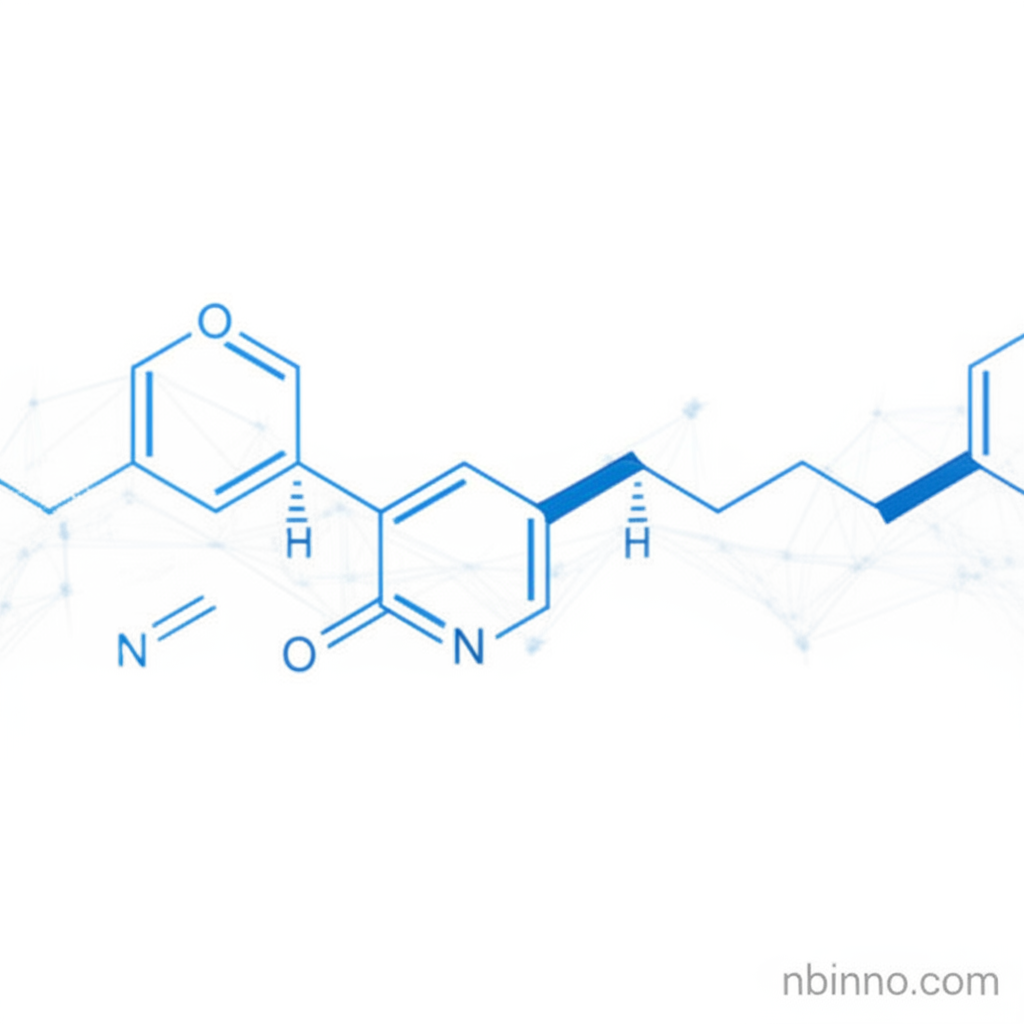1,6-Hexanediol: Unveiling its Dual Role in Cellular Processes
Exploring the impact of 1,6-hexanediol on biomolecular condensates and chromatin, a critical tool for cellular research.
Get a Quote & SampleProduct Core Value

1,6-Hexanediol
1,6-Hexanediol (1,6-HD) is a significant chemical compound with a dual nature, primarily recognized for its utility in probing liquid-liquid phase separation (LLPS) in cellular studies. While it effectively dissolves many biomolecular condensates by disrupting weak hydrophobic interactions, its effect on chromatin is more complex. At higher concentrations, it can unexpectedly immobilize and condense chromatin, a phenomenon distinct from its LLPS-melting activity. This dual action underscores the importance of understanding the time and dose-dependent effects of 1,6-HD for accurate interpretation of cellular research data. The compound's ability to influence both condensate formation and chromatin dynamics makes it a valuable, yet nuanced, tool in cell biology and molecular research.
- Explore the impact of 1,6-hexanediol on biomolecular condensates, understanding how it dissolves these cellular structures by disrupting hydrophobic interactions.
- Investigate the surprising effect of 1,6-hexanediol on chromatin condensation, a phenomenon that differs from its LLPS-disrupting properties.
- Learn about the critical importance of time and dose-dependent effects of 1,6-hexanediol to avoid cellular toxicity and ensure reliable experimental outcomes.
- Gain insights into how 1,6-hexanediol can be utilized in super-resolution microscopy to visualize cellular processes with high precision.
Key Advantages and Applications
Probing LLPS Mechanisms
Leverage 1,6-hexanediol to investigate the mechanisms underlying liquid-liquid phase separation (LLPS) and the formation of biomolecular condensates, a crucial area in cell biology research.
Understanding Chromatin Dynamics
Study the intricate relationship between 1,6-hexanediol and chromatin dynamics, gaining insights into how cellular environments influence genome organization.
Precise Cellular Analysis
Utilize 1,6-hexanediol in conjunction with advanced techniques like super-resolution microscopy for precise analysis of cellular processes and molecular interactions.
Key Applications
Biomolecular Condensate Research
Ideal for studies focusing on the formation, dissolution, and function of biomolecular condensates, essential for understanding cellular compartmentalization and regulation.
Chromatin Organization Studies
Provides a tool to explore the impact of cellular treatments on 3D genome organization and the dynamic behavior of chromatin.
Cellular Process Investigation
Supports research into various cellular processes influenced by phase separation, from gene transcription to stress responses, by manipulating condensate integrity.
Development of Cell Biology Tools
Contributes to the ongoing development of chemical probes and imaging techniques for advanced cellular analysis and understanding molecular mechanisms.
